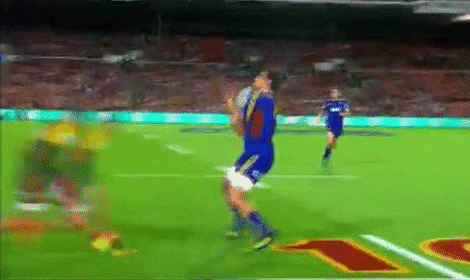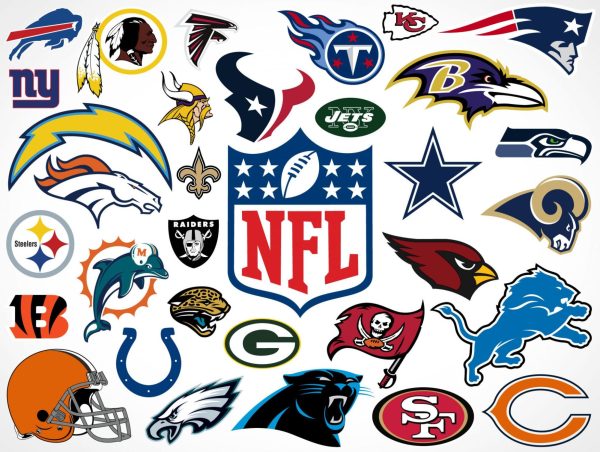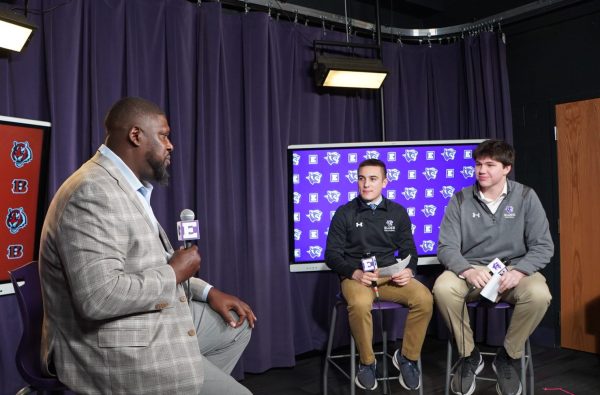Crazy sports
There are a lot of crazy sports out there. Would any catch on at Elder?
Elder High School is notable in its athletic accomplishments. Already this year, we have seen talented, cohesive performances from Elder soccer, football, cross-country, and golf. Historically, this good performance is pretty consistent with what you will see from all of our other sports.
However, with the advent of newer sports—such as rugby and ultimate Frisbee—gaining popularity, there are some big question marks regarding how Elder would fare in such sports, were we to give them a try. Would we find success in new sporting fields? Would they gain traction among the students?
All of these questions present very interesting cases, but there is a bigger question that covers even more concerns: if we were to look into doing those newer, less-traditional high-school sports, then what other less-traditional sports are out there, and are they worth pursuing at the high-school level?
Here, I will take a look at some interesting, non-traditional sports that you don’t hear about every day.

Cycle ball
Cycle ball is very similar to indoor soccer, except that the players are all sitting on bicycles and shoot usually with the front wheel of the bike. Typically, it is played in twenty-minute halves on a court that is about half the length of a basketball court, and there are two players on each team. The players’ feet cannot touch the ground when scoring. A challenge for sure, especially considering that there is often an excess of 10 goals scored in a match.
What’s craziest of all, is that this sport has been around since the late 1800’s. Imagine trying to get a ball past one of those ten-foot-tall front wheels.
Cycle ball, also called RadBall, has a larger following in Germany and Sweden. It is hard to say if this sport would catch on at Elder, but it is certainly quite the sport to watch.
Power wheelchair soccer

Sticking with the soccer theme, the next sports is power soccer. Imagine indoor soccer, but with a 13” ball and guys in wheelchairs crashing into each other as they fight for a loose ball. The chairs are rigged with bumpers made for shooting the ball and for absorbing some contact as well.
I’ve watched this sport in person, and I can attest that it’s pretty intense. The players of this game are true competitors and true sportsmen. This is true for wheelchair anything. These players use their bodies in ways that most people would not think to, and are able to make good in a tough situation.
I don’t think this would be a very popular sport at the high-school level simply because of the fact that it is difficult to find enough wheel-chaired students to field a team. There are leagues, however, for handicapped students that do want to play sports.
Rodeo
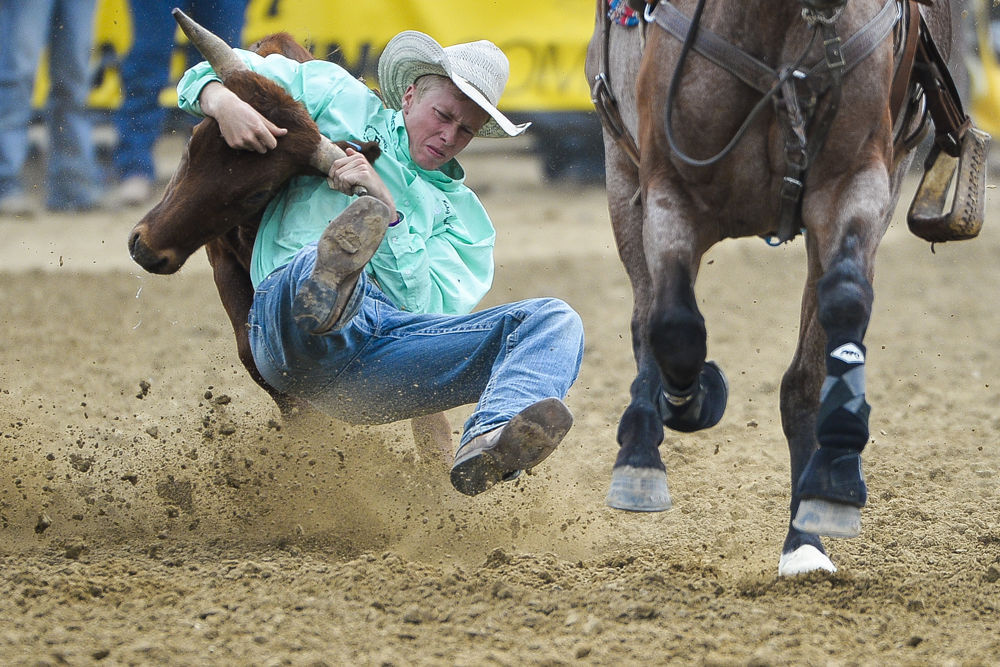
Everyone knows the rodeo—as Garth Brooks put it, it’s known well by “the bulls and blood; the dust and mud; the roar of a Sunday crowd.” Full of some of the most challenging tasks in the sporting world, this is no light task; it is quite the testament of physical strength and character. This considered, would you be surprised to hear that this event is a nationally-governed high-school sport?
Even though this is typically thought of as a sport that is mainly predominate in the western United States, the National High School Rodeo Association oversees high-school rodeo competitions in 42 states, one of which being Ohio.
Calf roping, steer wrestling, bareback riding, bull riding, and team roping are among the events that contestants compete in at the high-school level.
Even though it isn’t ingrained in our childhood, I think that there would be several Elder students who would be interested in joining the rodeo. For instance, Elder’s resident farm-life expert Tommy Wegman said that he would be interested, given the opportunity and that it would be “very rad.”
“I think it would be very fun, and I would participate. However, I will never get to, because there is probably zero interest in rodeos at Elder,” said Wegman.
I would have to agree with Wegman, and I would also say, despite my lack of training or expertise, that I would give this sport a shot at a minor level.
Water Jousting
This one dates back to ancient Egypt. Two adversaries stand on boats or adjacent platforms and try to knock each other into the water without falling in. It originates from confrontations in ancient Egypt. This time and place made it particularly difficult, as the dueling parties would be on a river where there would be alligators waiting in the waters below; plus, it is widely held that few people knew how to swim at this time, so most losing men would drown in this fight.

The battle practice carried into the Roman Empire and was picked up in France around 1200 AD. Today, it survives as a non-lethal sport—mostly in France.
It is hard to consider this an organized sport, as disputes within the French government over the official status of the sport have made it difficult to create rules and regulations for the sport. However, it is still played at an unofficial level, and could be at best a game between friends.
Chariot racing
This last sport also dates back to ancient times as a brutal game, and I use the word game rather loosely—I mean people would regularly die playing this game.
In case you don’t know, a chariot was an armored cart, pulled by a horse, that would carry about one or two men. They would be raced around an arena track for about four and a half miles, of which the turns were one of the deadliest parts.
The violent nature of a chariot race is shown in a major scene in the feature film Ben-Hur. In fact, it was so dangerous that the 1925 production crew couldn’t even prevent the death of five horses and one man. Nonetheless, the practice is still carried out today—in a far more sophisticated manner. In snowy places, such as Wyoming, horse riders have been pulled around on skis and sleds by their horses as a safer alternative, though the recreational aspect has been overshadowed by the transportation benefits of it.
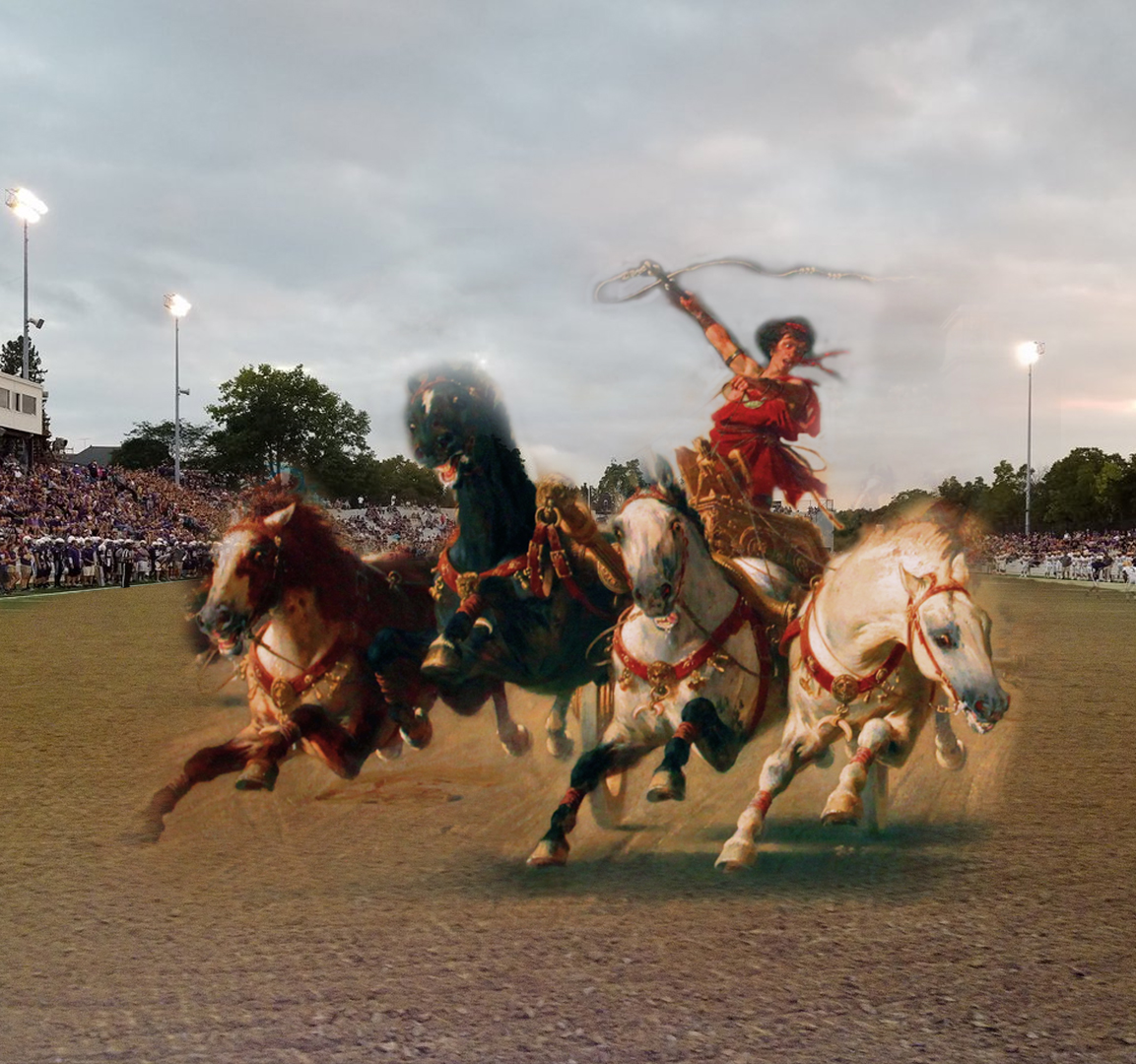
Even though it has been abandoned over the years, I say that we bring this great sport back, and I think it’s safe to say that I’m not the only one with these feelings. Who wouldn’t love to watch a GCL chariot race? If you put that in the Pit, you’re guaranteed to have a sell-out.
I think that all of these sports would be quite the experience to try out. Comment below with what you think should be added to the list.





